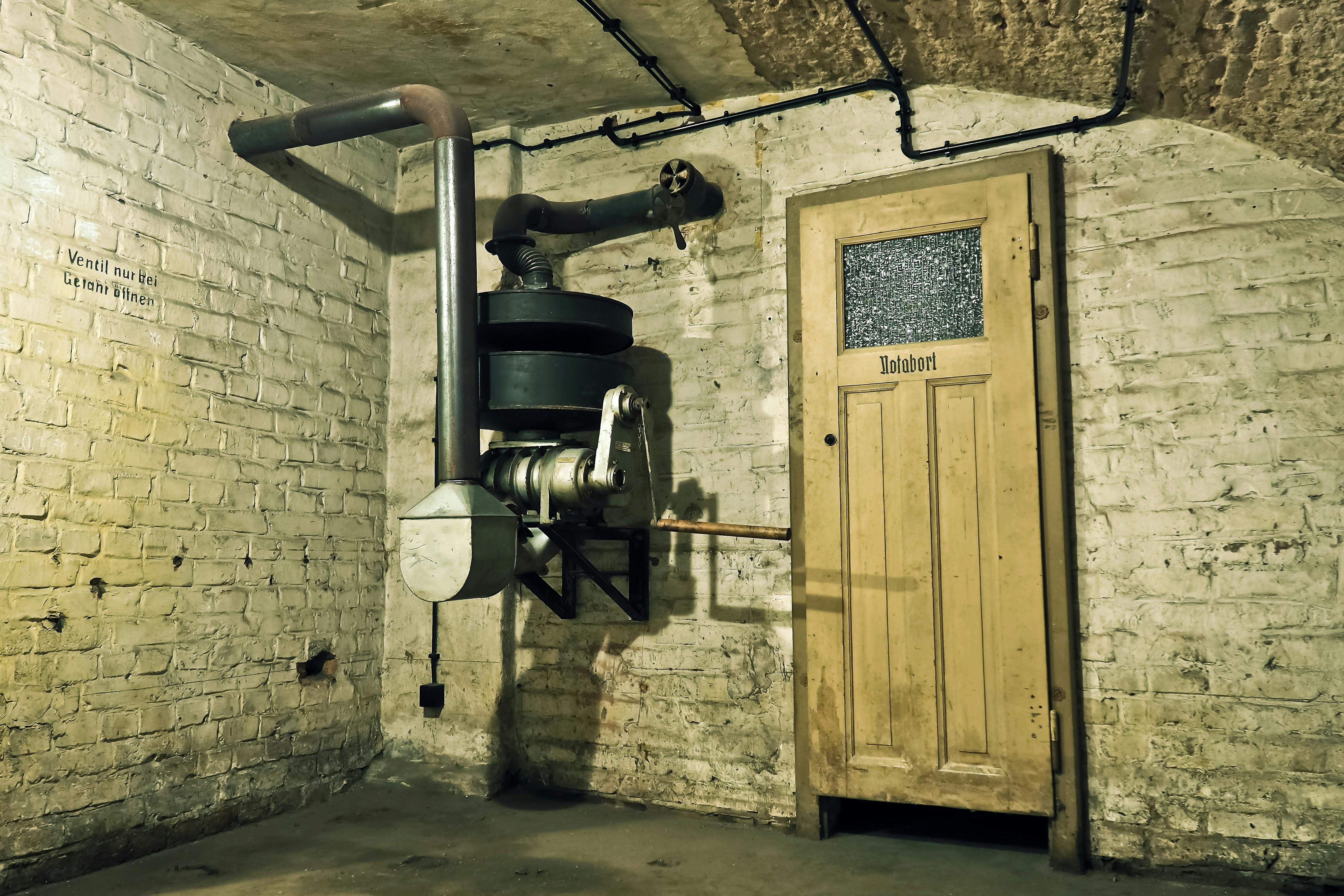
Author Spends 10 Days in Cold War Bunker to Explore Effects of Circadian Rhythm Disruption
Science journalist Lynne Peeples investigates how environmental cues shape human sleep and health patterns. Lynne Peeples, author of "The Inner Clock: Living in Sync With Our Circadian Rhythms," conducted a unique self-experiment by living 50 feet underground in a Cold War-era missile bunker for 10 days to examine how isolation from natural light and time cues affects the human body and mind.
Advertisement
Located in Arkansas, the bunker—converted into an Airbnb—provided an ideal setting for Peeples to study how the absence of daylight and time indicators would impact her internal biological clock.

Bunker | Source: Pexels
“There was no daylight,” she said in an interview on the “Everyday Better with Leah Smart” podcast, adding that she covered all clocks on digital devices to eliminate external time cues.
Peeples used voice recordings with timestamps to assess how well her circadian rhythms could function independently. Initially, her internal clock remained accurate. “For the first couple days, it was miraculous,” she said. However, by the fifth day, she began to feel symptoms similar to extreme jet lag, including moodiness, clouded thinking, and physical disorientation. “At the ‘worst,’ I was completely flipped,” she noted, being nearly 12 hours off from the outside world’s schedule.

Person getting sunlight | Source: Pexels
Her findings underscore the critical role of environmental factors, especially light exposure, in maintaining circadian rhythm health. Peeples emphasized the importance of morning light, advising people to seek daylight within two hours of waking. “Getting adequate bright light… is necessary for your circadian rhythm,” she said.
She also warned against behaviors that can disrupt internal clocks, such as nighttime light exposure, irregular eating, and time zone shifts. Aligning lifestyle habits with natural 24-hour cycles, she concluded, is essential for optimal physiological functioning.
Advertisement
The information in this article is not intended or implied to be a substitute for professional medical advice, diagnosis or treatment. All content, including text, and images contained on contraSpero.com, or available through contraSpero.com is for general information purposes only. contraSpero.com does not take responsibility for any action taken as a result of reading this article. Before undertaking any course of treatment please consult with your healthcare provider.
